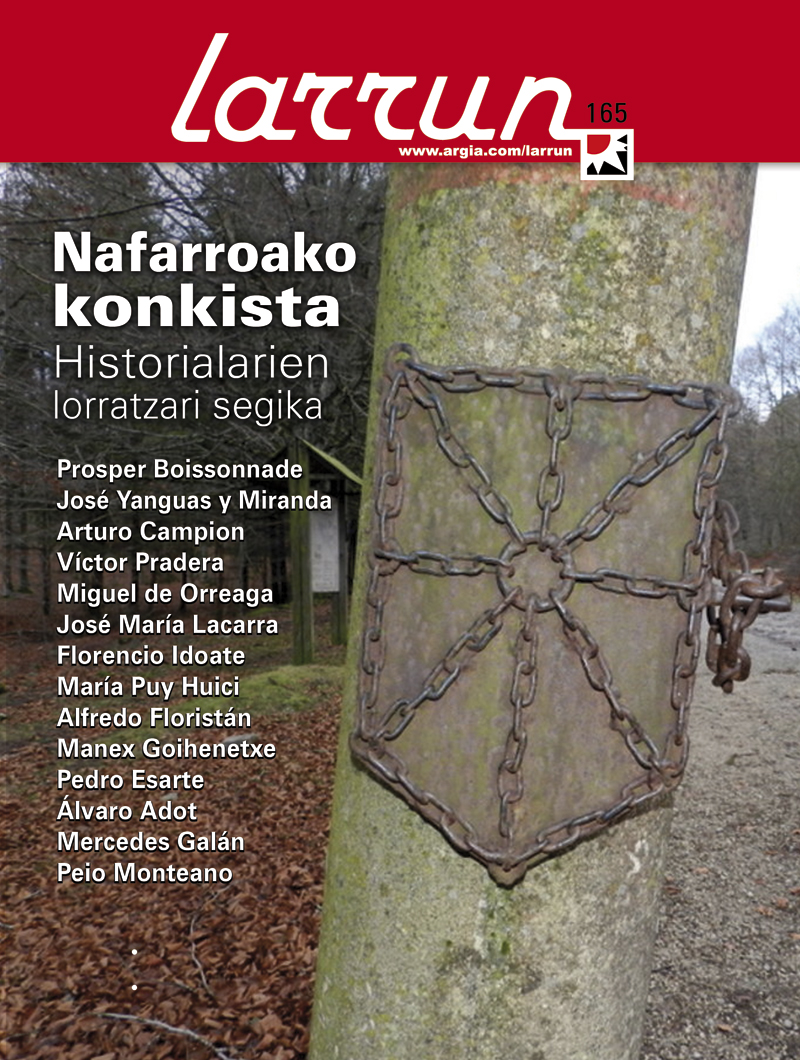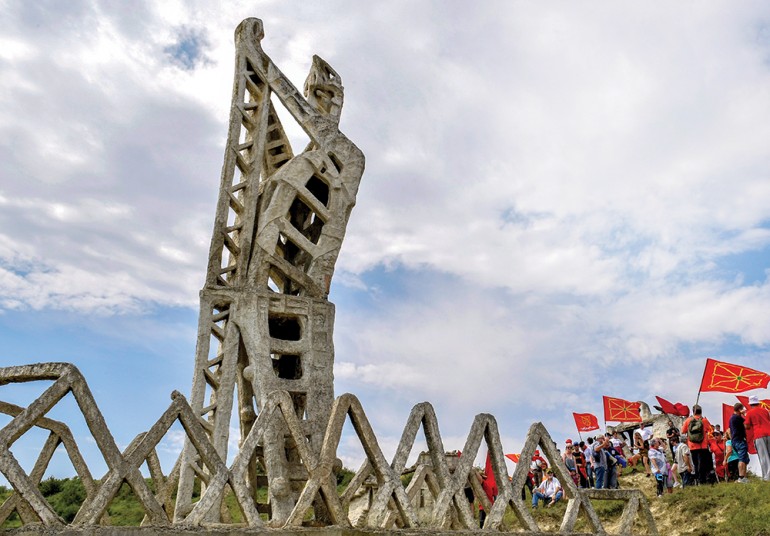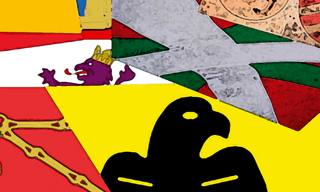Sociologist and Doctor of History by the Public University of Navarra, Monteano is a superior technician of the General Archive of Navarra. Born in Pamplona, he lives in Villava, replacing the EA-Atarrabia group, which was mayor of the town in 1999. He has been studying the conquest of Navarre for ten years and his most significant work is The War of Navarre (1512-1529). Chronicle of the Spanish conquest, published in 2010 by Pamiela.
We could say that this is the most profound work of recent years on the conquest of Navarre. It is based on direct sources, especially the Archivo General de Navarra and the Archivo de Simancas. In Monteano's book he breathes aseptic history, through concrete facts the reader is given keys so that he can draw the conclusions himself.
The book suggests that the conquest had many vicissitudes. The key date was that of 1521 – Battle of Noáin – from there began a “second conquest”, harder, with more rigorous political control, with other protagonists… On the other hand, the Spanish army invaded Navarre, not Castile or Aragon; that is, Navarre did not participate in the creation of Spain, but was “integrated by imposition and violence”. On the contrary, in Navarre there was not yet a strong national identity, mainly governed by loyalty to the lineages.
“The time was perfect for the assembly to point out what the Navarros were and which were not: they had Navarros fathers and mothers and lived in it. In successive days, Members presented to the European Parliament the Crown's insults committed in recent months for violation of the courts. Among the unresolved injustices, some became repetitive over the years: the absence of foreign judges in the Navarros courts, compensation for damage by armies, the end of abuses by troops, etc. And, interestingly, a request of greater political depth: The Courts demanded the return to Navarre of the territories that were once their own, ‘especially – they said – the places that were from the Ebro in the area of Navarra’. Did you mean sonsia? Or Álava, Gipuzkoa and Bizkaia were also claiming it? (…)
Learning the lesson of what happened until the May 1521 rebellion, the emperor wanted to increase his power. I thought that in order to preserve the Kingdom, we had to have good governance and fair justice. To do so, it had to increase its influence on the Royal Council and take this institution out of the disputes between the political parties. Realizing that the Navarros, first of all, would swear to respect their strife – the outlaws did not allow there to be any other judge than the Navarro – he instructed the viceroy to avoid it, because he wanted more freedom to decide what corresponded to his interests. (…)
In the fall of 1521, with the creation of a legitimate mini-state in the north of Navarre, the repression was even tougher. Only the recovery of Amaiur encouraged the emperor to express his general forgiveness, although the most prominent legitimists were exempted. The newly elected Pope, before going to Rome, asked his guests for an amnesty for the one thousand exiled agrampists of the Kingdom, who had not conspired to bring the French. The rest, in the judgment of the Prelate, should be punished.”
After the events of Noain, and once Pamplona has been controlled, San Juan de Pie de Puerto became the next target of the Castilian people. The city of Baja Navarra had been protected for centuries by a major fort, and there were about 300 people in his defense, who came to the... [+]
23 / 04 / 1521 In the battle of Villalar, in Valladolid, the villagers were defeated and their revolution crushed.
09 / 05 / 1521 The Navarro and French army enters Navarre led by Mr. de Asparrots.
19 / 05 / 1521 Popular uprising of Pamplona against Spanish troops. In the days... [+]





















